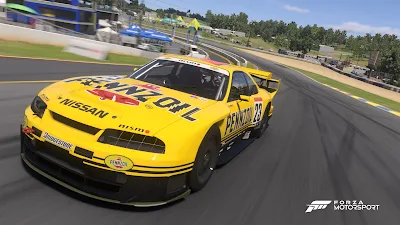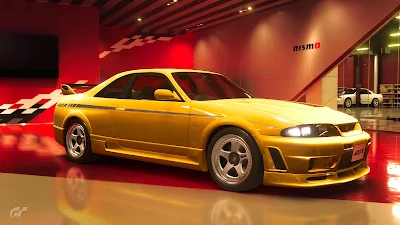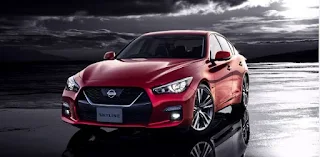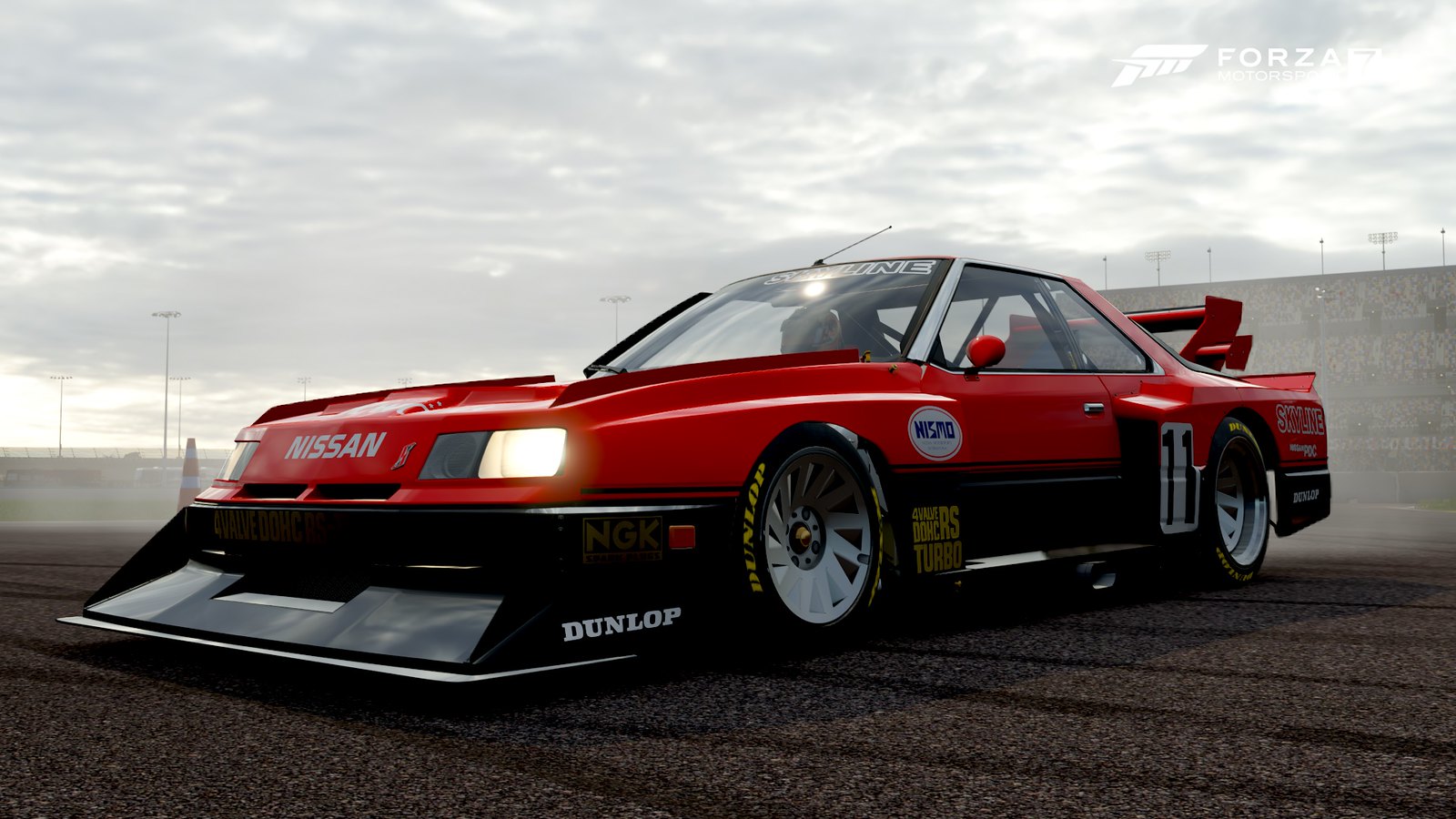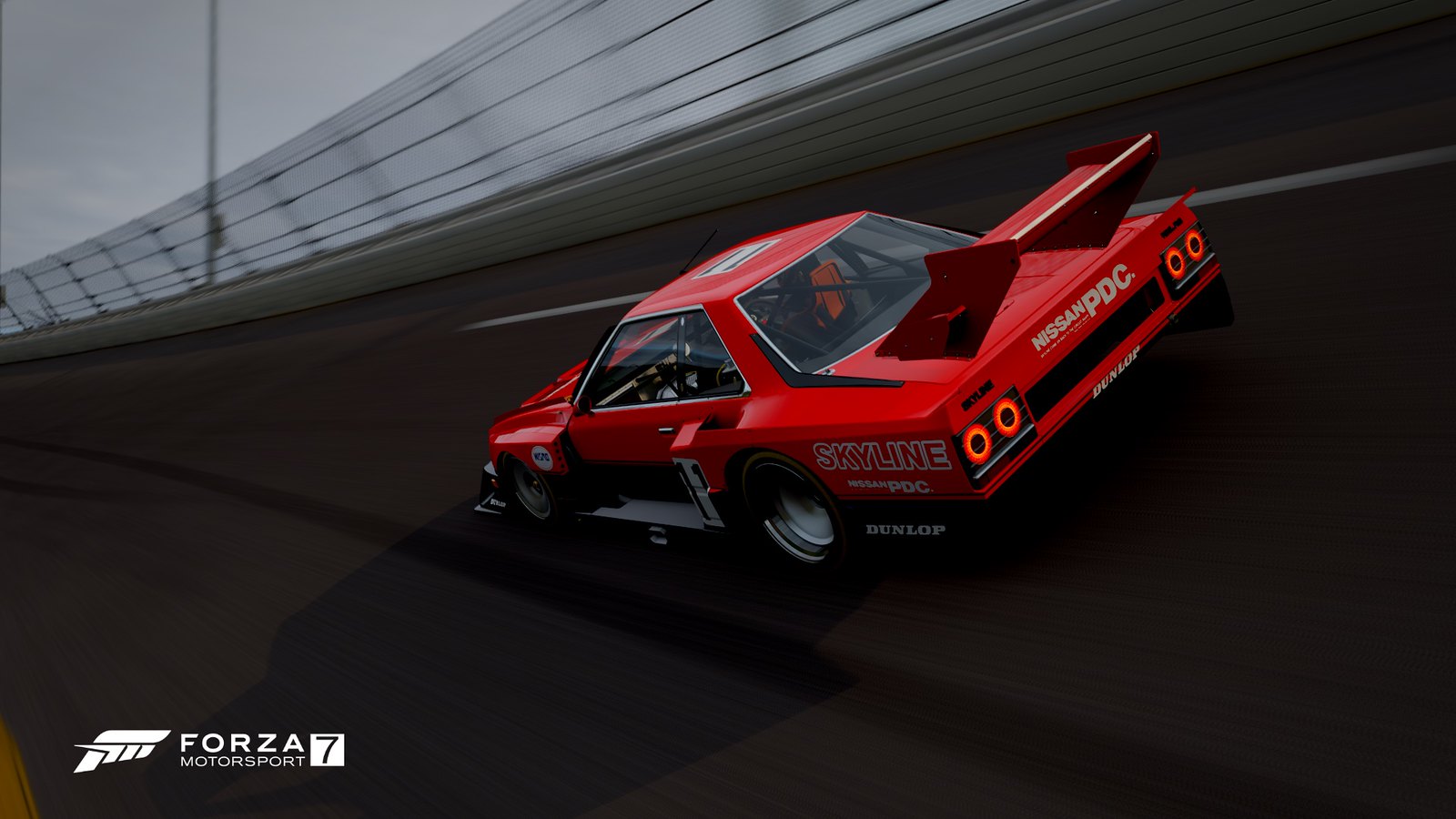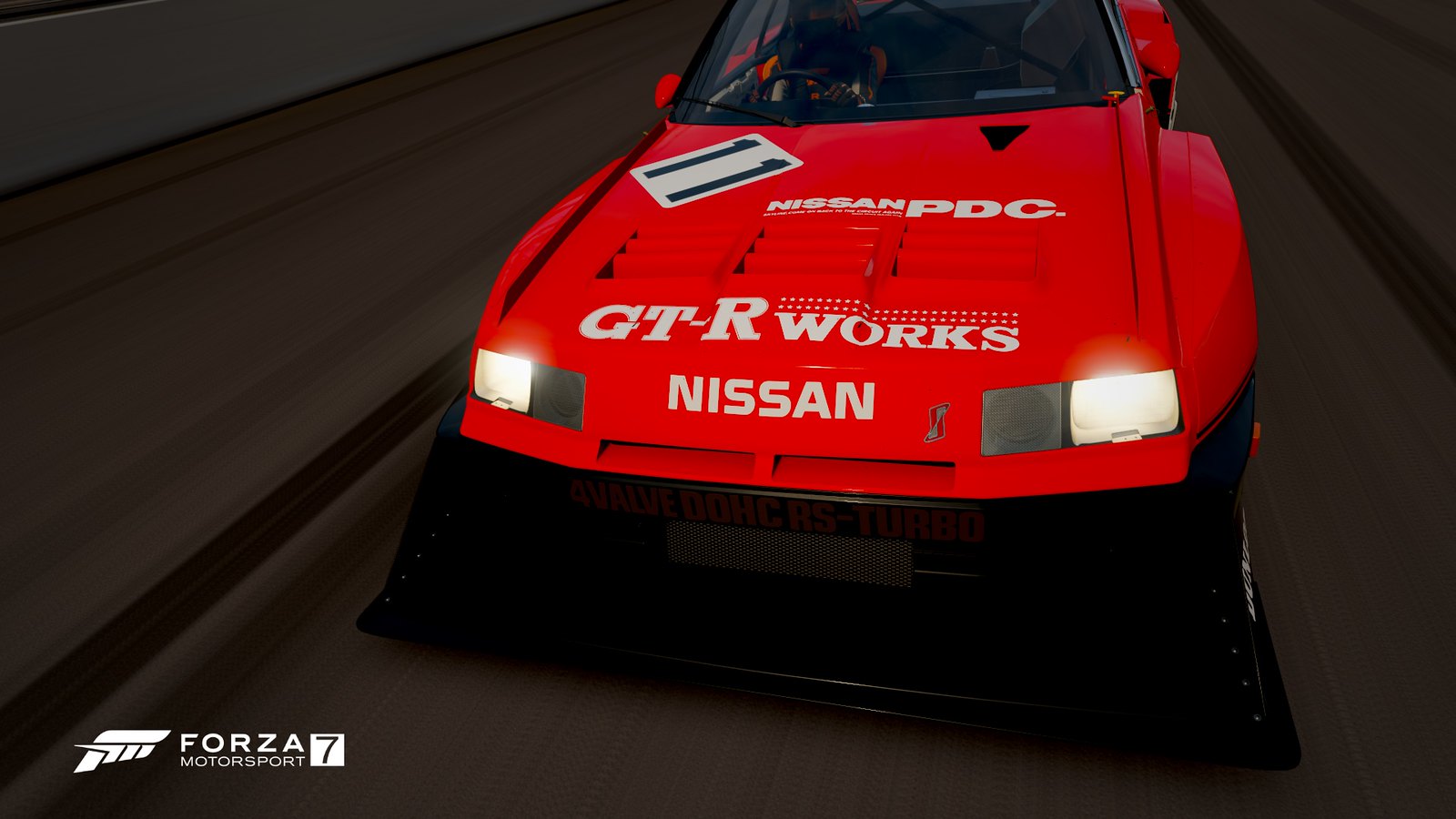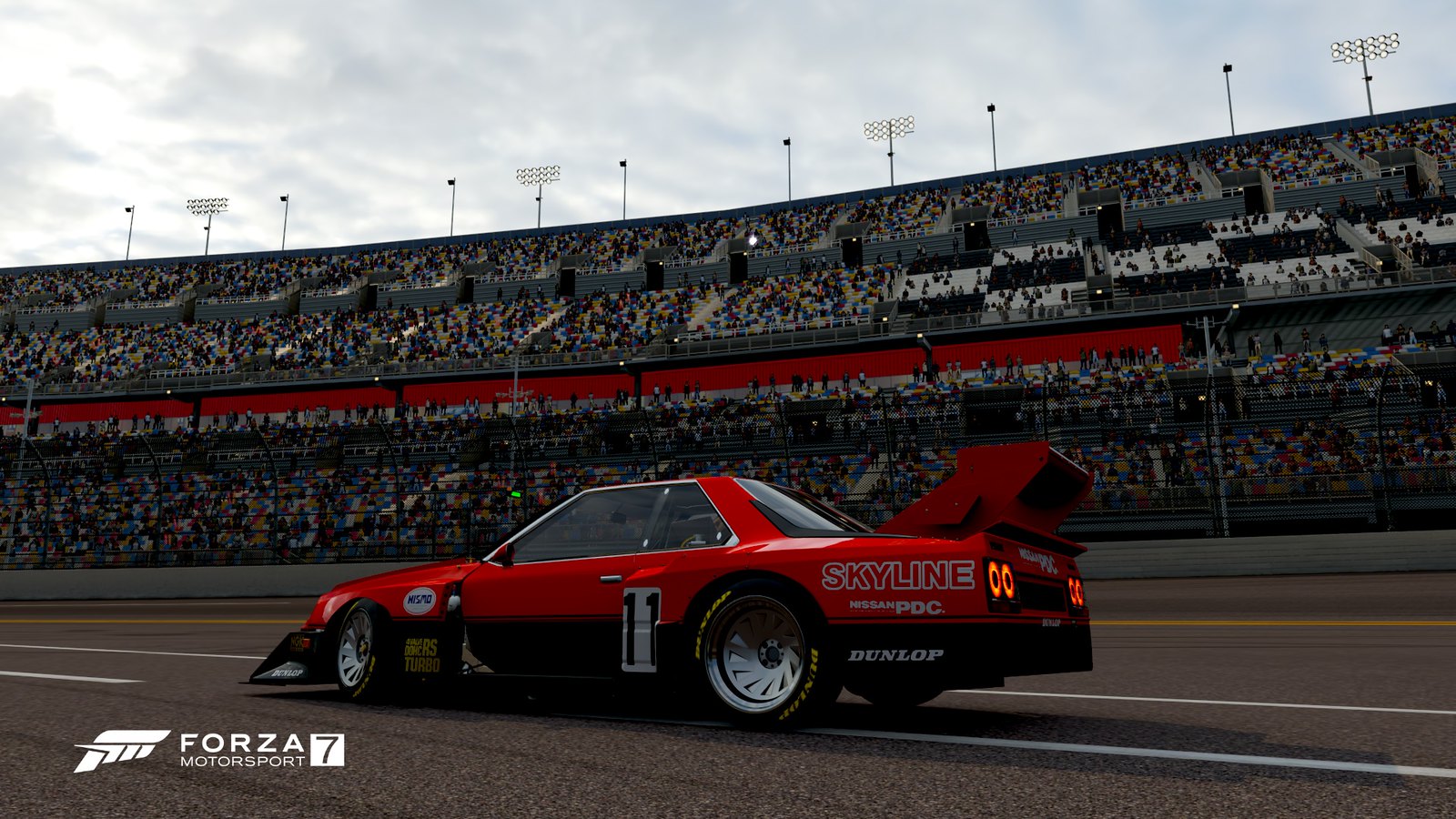The story of the Nissan Skyline began since the 24th of April, 1957, when the first-generation Skyline, dubbed the ALS1, came out. The year marks the 60th anniversary of the Nissan Skyline and for thirteen generations, the most iconic nameplate in Nissan history has been through numerous phases from being a family midsize saloon nothing to write home about, to the birthstones of the legendary GT-R performance variants, the iconic Godzilla that dates back from the R32 to the R34 Skyline GT-R, all the way to becoming Japan's 3-Series fighter from V35 to today's V37.
Like every other Nissan execs advising people to stop altering the Skyline Timeline, such in the case of putting the R35 GT-R to this history like you, the speedo boys, now's the time to tell the "real" SKYLINE TIMELINE in honor of the Skyline's 60th anniversary, from ALS1 to V37, but let's keep it quick but understandable to speedo boys elsewhere so they can get to know the real Skyline history.
First Generation (ALS1) - The first Skyline, known as the Prince Skyline at that moment in time, was launched on the 24th of April, 1957 and it was available as either a four-door saloon, two-door coupe, two-door cabrio, and a five-door estate. It was powered by either a 1.5L or a 1.9L petrol engine and its striking feature to the first Skyline is its de Dion tube rear suspension, which makes it handle like a sportscar.
 |
| First-generation Skyline |
Second-generation (S50) - Following the 1954 merger after Fuji Precision Industries changed its name to Prince Motor Company, the second-generation Skyline was launched in September 1963 and like the first one, it's offered with either a saloon and an estate while being powered by either a 1.5L or a 2.0L petrol engine. Three years later, after Nissan-Prince merger, the car is now known as the Nissan Skyline. It once competed at the second Japanese Grand Prix against the likes of the mighty Porsche 904 GTS.
 |
| Second-generation Skyline |
Third-generation (C10) - The third-generation Nissan Skyline was launched in July 1968. A year later, the performance variant we know as the Skyline GT-R was introduced. With the chassis code of KPGC10 and known by most as the Hakosuka due to its box-shaped design, the GT-R is powered by a 2.0L S20 six-cylinder DOHC engine producing 160HP of power and 180Nm and it was derived from the Prince R380 race car. It was offered as either a saloon or a coupe and believe it or not, a HakoSuka saloon scored 33 victories in less than two years while the coupe scored 17 more through 1972.
 |
| Third-generation Skyline |
Fourth-generation (C110) - Launched in September 1972, the fourth-generation Skyline was nicknamed the Kenmeri Skyline because of the TV commercial that has the couple named Ken and Mary on it. The Kenmeri Skyline GT-R, meanwhile, uses the same engine as the previous one and it was the first Japanese car to have disc brakes front and rear. Although popular, it was short-lived with 197 units made after stricter exhaust regulations were introduced following the oil crisis.
 |
| Fourth-generation Skyline |
Fifth-generation (C210) - The fifth-generation Nissan Skyline was launched in August 1977 and known by the advertising as "SKYLINE JAPAN" due to its Japanese engineering tinkered to this car. The biggest trump card of this generation was the L20ET petrol engine introduced in 1980. Although less than what the previous model's GT-R had, it is the most powerful engine in its range. It was sold in Europe as the Datsun 240K-GT with the 2.4L petrol engine producing 142PS of power, three less than the Japan version's L20ET engine.
 |
| Fifth-generation Skyline |
Sixth-generation (R30) - Launched in August 1981, the R30 Skyline features a much striking design compared to the previous model and it saw the introduction of the 2000RS variant with some of the concessions to comfort stripped out, turning it into a potent track weapon with 1,130kg of weight while being powered by a FJ20E petrol engine producing 150PS of power and 181Nm of torque. It was later joined by a turbocharged RS variant with power up to 190PS of power, hence labeled as the most powerful Japanese production engine of its time. Paul Newman endorsed this car and it even comes with a special variant named after him.
 |
| Sixth-generation Skyline |
Seventh-generation (R31) - The 7th Skyline was launched in August 1985 and they are the first Skylines to use the RB engines. It was the first car in the world to introduce the 4-wheel steering system called HICAS (High Capacity Active Steering). The most potent version of the R31 is the GTS-R variant, which was homologated for Group A Touring Car racing. It was powered by a more potent RB20DET producing 210PS of power for road use, while racing-spec versions can produce up to 430HP in Group A trim.
 |
| Seventh-generation Skyline |
Eighth-generation (R32) - Launched in May 1989, the eighth-generation Skyline was the first Skyline to come with multilink suspension. Later on, the GT-R was returned with the more powerful 2.6L 6-cylinder turbo engine and full-time four-wheel drive system. When it became a Group A racer, it smashed 29 races, hence earned the nickname Godzilla.
 |
| Eighth-generation Skyline |
Ninth-generation (R33) - Introduced in August 1993, the ninth-generation Skyline is slightly heavier than the previous model while retaining some of the sporty characteristics from its predecessor. It comes with the brand new Super HICAS four-wheel steering system which uses electric actuators to steer the rear, unlike the hydraulic HICAS. It even comes with an available active limited slip differential which can lock the rear differential if it senses lack of traction by one of its wheels. The GT-R was returned to the lineup in 1995, adopting the slogan "Minus 21 second roman" because of the Nurburgring lap time of 7:59:000 meaning that's 21 seconds faster than the R32's lap time of 8:20:000. With the same RB26DETT engine, the R33 got an improved ATTESSA E-TS that was called ATTESA E-TS Pro all wheel drive system, which contains LSD.
 |
| Ninth-generation Skyline |
Tenth-generation (R34) - The tenth-generation Skyline was introduced in May 1998, featuring a totally new bodywork that was labeled by the advertising as "DRIVING BODY."Apart from its improvements to the chassis, suspension, and dynamics that can match through the best of Europe, the R34 Skyline comes with their most powerful brakes ever made with the stopping time from 100kph to a dead stop in three seconds. A year later, the GT-R was introduced and it was known to be the best GT-R ever made before the end of the century, with the same ATTESSA-ETS Pro and the RB26DETT engine from the R33. The Nur variants, named after the Nurburgring, of the R34 Skyline GT-R are the special final variants just before the R34 and the Skyline GT-R's demise in 2002.
 |
| Tenth-generation Skyline |
Eleventh-generation (V35) - In June 2001, the eleventh-generation Nissan Skyline was launched and it's now a luxury-focused saloon that competes against the likes of BMW's 3-Series, Benz's C-Class, and Audi's A4. Using the new FM platform that would underpin its station wagon equivalent, the Stagea, and its bigger brother, the Fuga, the eleventh-generation Skyline was powered with a choice of either a 2.5L, 3.0L, and 3.5L V6 engine. It was first sold in America as the new Infiniti G35, in saloon and coupe guise.
 |
| Eleventh-generation Skyline |
Twelfth-generation (V36) - The twelfth-generation Nissan Skyline was launched in Japan in November 2006. It was joined with the coupe version a year later and a crossover variant in 2009 (which was sold globally as the Infiniti EX or QX50). It features 4-way Active Steer that behaves like the predecessors' HICAS. At first, it was powered by a 3.5L V6 engine but later, it was replaced by the same 3.7L VVEL engine from the Z34 Fairlady Z while being powered by a 7-speed automatic gearbox. The coupe variant has the same Z-derived setup as well.
 |
| Twelfth-generation Skyline |
Thirteenth-generation (V37) - And now, here we are, the latest-generation Skyline that went on sale to the Japanese market since February 2014. This generation has a major twist because while this car was sold globally as the brand new Infiniti Q50, this Skyline bears Infiniti badges on the front grille and the interior while the rear view bears the SKYLINE letterings on it. It has a new Direct Adaptive Steering which delivers precise handling and quickly communicates road surface feedback to the driver. There's also the Active Lane Control which uses a camera to detect direction of the vehicle based on the lane markers to help fine-tune the tire angle and steering reaction force. Also, it comes with the world's first Predictive Forward Collision Warning that detects possible collisions ahead and triggers and alert to the driver with a visual warning and audible buzzer. For now, the V37 Skyline features 3.5L V6 engine connected to an electric motor and a lithium-ion battery as well as a Mercedes-Benz-derived 2.0L 4-cylinder petrol engine. There are no plans to launch the coupe version, which was sold globally as the Q60, along with its new VR30DTT petrol engine with up to 400HP of power output.
 |
| Thirteenth-generation Skyline |
...and there we have it. 60 years, 13 generations, various bodystyles, one Skyline. Need to say more? Anyway, here's for another 60 years of Nissan Skyline and no matter which direction one of the most iconic nameplates is heading at, rest assured that the Skyline will long be remembered as either an average saloon from the distant past, the Godzilla that won the hearts of speedo boys, or the luxury car that battles the best of European imports.
HAPPY 60th ANNIVERSARY, SKYLINE!




